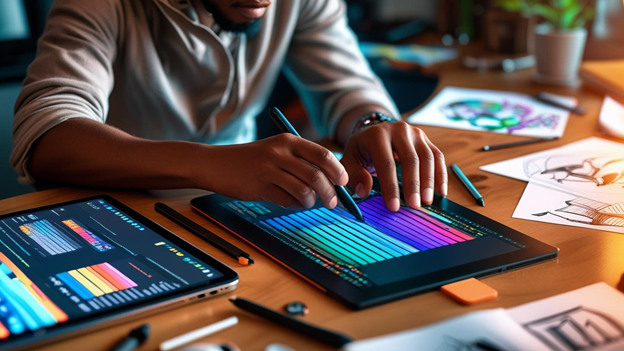From ad watchers to ad makers
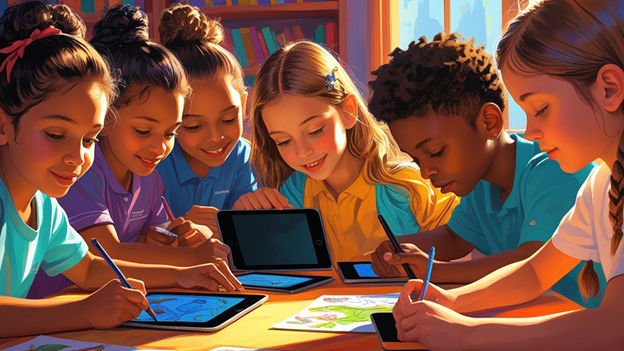
In the past, advertising was a one-way street: brands created, audiences watched. But in 2025, we’re entering a new era of AI co-creation campaigns, where consumers become co-designers of brand stories.
Imagine creating your own sneaker design for Nike or generating a custom music video for your favorite soda brand, all with the help of AI. This shift isn’t just about fun; it’s about deepening connections, creating loyalty, and turning passive audiences into brand advocates.
What exactly is an AI "co-creation" campaign?

AI co-creation campaigns are marketing initiatives where brands invite consumers to personalize, remix, or completely create advertising content with AI tools.
Instead of simply watching a commercial, consumers interact with AI platforms to create custom versions of ads that reflect their style, humor, or stories.
Core elements of co-creation campaigns
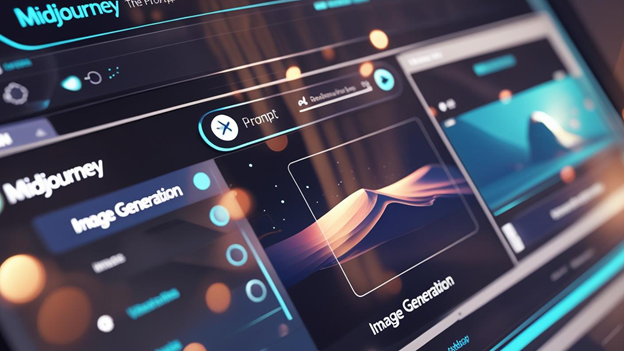
- Generative AI: Tools like text-to-image (e.g., Midjourney, DALL·E), text-to-video, or AI music remixes.
- Interactive platforms: Brand apps, social media integrations, or dedicated microsites.
- Personal input: Users choose elements like slogans, visuals, music, or even insert selfies.
Why are brands moving toward co-creation?
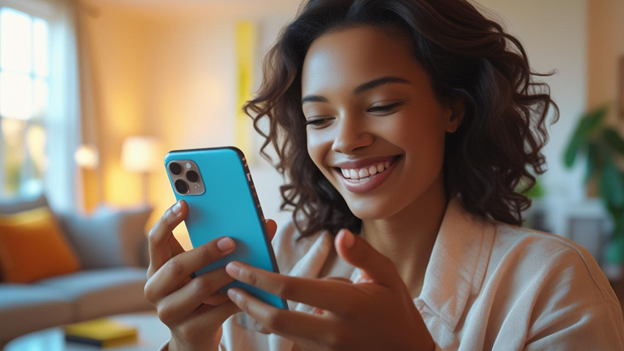
Deeper emotional connection
When someone makes something themselves, they naturally feel more connected to it. Personalized ads make consumers feel seen and valued.
Massive organic reach
People love to share creations that they made. A co-created ad is more likely to be posted on personal social feeds, reaching friends and family, essentially becoming free, authentic advertising.
Data-driven insights
By analyzing which designs, slogans, or features people choose, brands learn more about customer tastes and trends in real time.
Improved ROI
Engaged consumers are more likely to buy, recommend, and stay loyal. Personalized experiences have been shown to significantly boost conversion rates.
Real-world examples bringing this to life
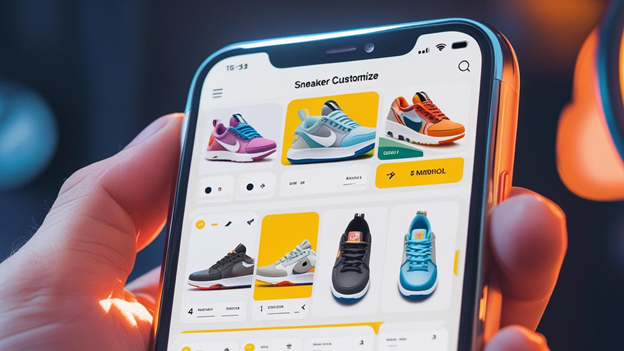
Nike’s AI sneaker lab
Nike allowed fans to design virtual sneakers using AI-based color and pattern generators. Winning designs were featured in online ads and even produced as limited editions.
Netflix’s “Your Story Trailer”
Netflix experimented with AI tools that let fans build custom trailers for new series choosing music, plot highlights, and taglines. These personalized trailers were widely shared on social media.
Coca-Cola’s AI song remixer
Coca-Cola launched an AI tool that lets fans remix brand theme songs, adjusting beats and adding personal voice lines. Winning remixes were used in online campaigns and contests.
How do AI co-creation campaigns actually work?
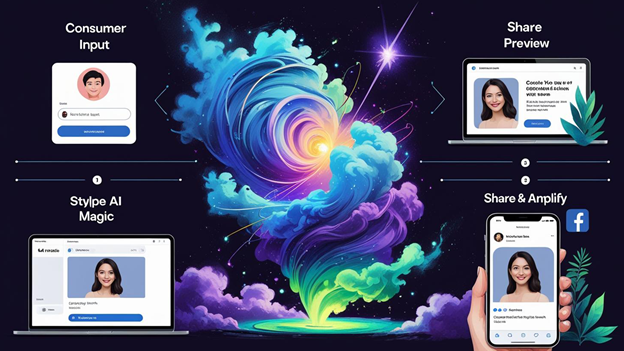
- Consumer input
Users provide photos, text, or select creative options (like moods or themes). - AI magic
Generative AI processes the input to create unique ad content instantly no design skills required. - Personalization preview
Users see a live preview of their custom ad or content. - Share & amplify
Participants can download or directly share on social platforms. The best creations may get featured in official brand campaigns.
Benefits for consumers and brands
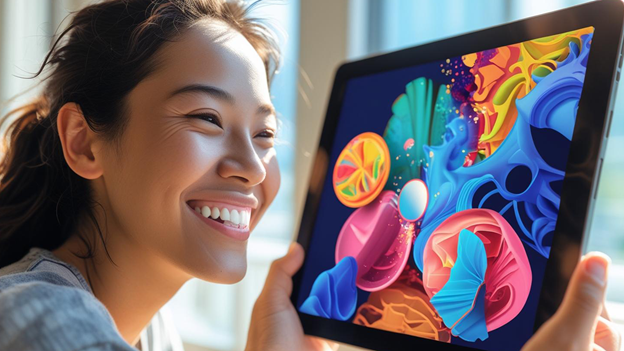
For consumers
- Fun, playful, and empowering.
- Opportunity to express personal style or humor.
- Feel a genuine connection with the brand.
For brands
- Drive higher social engagement and earned media.
- Fresh, authentic content pipeline powered by real customers.
- New data insights into consumer preferences and creative trends.
Potential challenges to watch out for

Content moderation
AI-generated content can be unpredictable. Brands need robust filters to avoid offensive or off-brand submissions.
Privacy & data protection
Collecting photos, voices, and personal inputs requires transparent consent and strong data security policies.
Legal considerations
Who owns the final co-created content? Brands must define clear terms and obtain necessary rights to use consumer-created ads.
How brands can prepare for successful co-creation
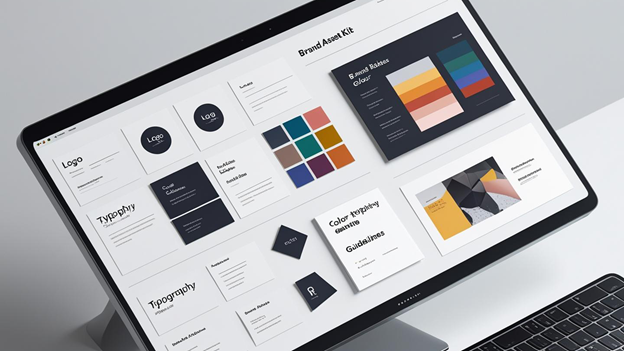
Invest in friendly AI tools
Choose platforms that are intuitive and fun; most people aren’t designers, so simplicity is key.
Create clear brand guidelines
Set boundaries on colors, logos, slogans, and themes to maintain consistency and brand safety.
Build legal and privacy frameworks
Clarify content ownership, usage rights, and data privacy policies before launching.
Plan community management
Be ready to engage with fans, highlight top creations, and handle negative feedback or content misuse quickly.
The future: Advertising as a playground
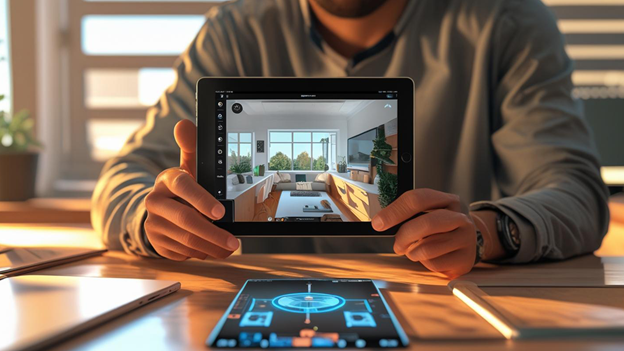
As AI technology advances, co-creation will likely move beyond optional campaigns to become a core strategy. We’ll see people designing digital clothes for avatars, remixing brand videos for TikTok, or even creating AR brand experiences in their own homes.
In this future, brands don’t just market to consumers, they market with them. This sense of shared creation can build brand tribes, unlock viral growth, and set brands apart in crowded markets.
Transforming consumers into brand storytellers

AI co-creation campaigns are more than a gimmick. They represent a powerful shift toward interactive, participatory, and deeply personal marketing.
Brands that embrace this trend aren’t just selling products; they’re inviting consumers to help write their story. And in 2025, that story might just be your biggest competitive advantage.
Want to learn how to launch your own AI-powered co-creation campaign?

